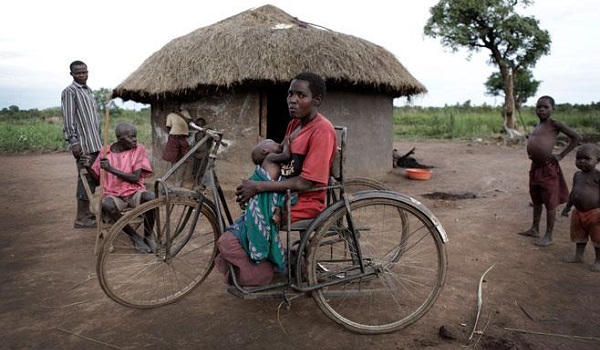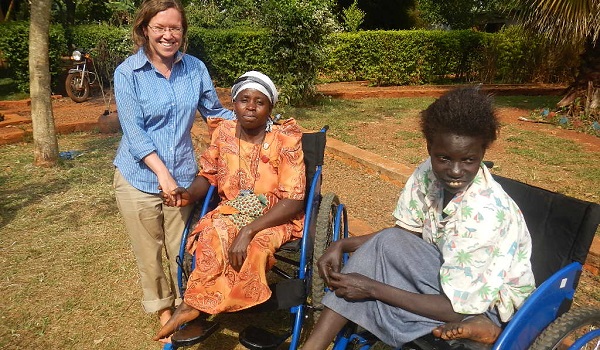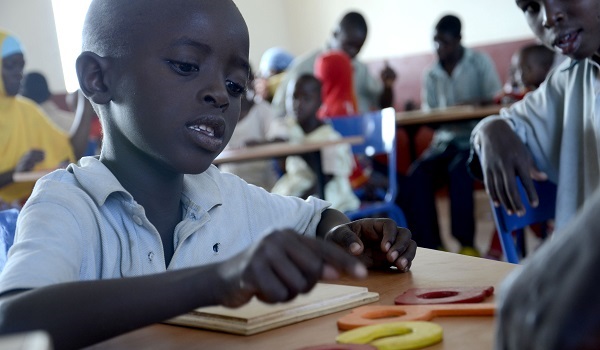Hunger, food insecurity, and malnutrition pose major health and economic challenges in Uganda. By several measures, the country ranks among the least well-nourished countries in the world. The 2013 Comprehensive Food Security & Vulnerability Analysis (CFSVA) conducted by the World Food Program (WFP) in Uganda revealed that about 5 percent of households in the country experience poor food consumption, and 16 percent have borderline food consumption, with slightly more varied but still nutritionally inadequate diets.
The global hunger index score for Uganda is 26.4, categorizing the country’s level of hunger as “serious” and putting it in 87th place out of 118 developing countries in 2016 (von Grebmer et al., 2016). A 2014 report by the United Nations Economic Commission for Africa (UNECA) shows that, in 2009, malnutrition cost the country about $899 million annually—nearly 5.6 percent of its GDP.* The report further estimates that 15 percent of child mortalities between 2005 and 2009 in Uganda were due to undernutrition.
The government of Uganda has made commitments towards ensuring food and nutrition security in the country as a pathway to improving public health, labor productivity, and economic growth. At the regional and international levels, Uganda subscribes to several FNS agendas with time-bound targets. Uganda was one of the first African countries to concurrently implement the Comprehensive Africa Agricultural Development Program (CAADP) and the agricultural Development Strategy and Investment Plan (DSIP). Uganda is a signatory to the Malabo Declaration of June 2014 and the United Nations Sustainable Development Goals (SDGs) of September 2015. The Malabo declaration aims to reduce childhood malnutrition (under-five stunting to 10 percent and wasting to 5 percent) by 2025. The SDG2 seeks to end all forms of malnutrition by ensuring access to food for all people by 2030. These agendas outline implementation strategies ranging from poverty reduction, improving agricultural productivity, and building resilient agricultural practices.
At the national level, the government of Uganda is currently implementing the National Development Plan (NDP) 2016-2020, a holistic framework for poverty eradication in Uganda. The plan includes FNS-related targets, such as eliminating stunting among children under five years by the year 2040. Examples of strategic plans relevant to FNS implemented under the NDP include the Agricultural Sector Strategy Plan (ASSP) 2015/16-2019/20 and the Health Sector Development Plan (HSDP) 2015/16-2019/20. Although these plans include interventions to provide farmers and agro-entrepreneurs—particularly youth and women—with productivity-enhancing agricultural inputs, extension services, skills and leadership training, and financing, some preliminary program assessments suggest that realizing the programs’ objectives will require greater, more timely funding, more expertise and coordination on the part of implementing stakeholders, and better targeting of youth, women, and vulnerable groups.



